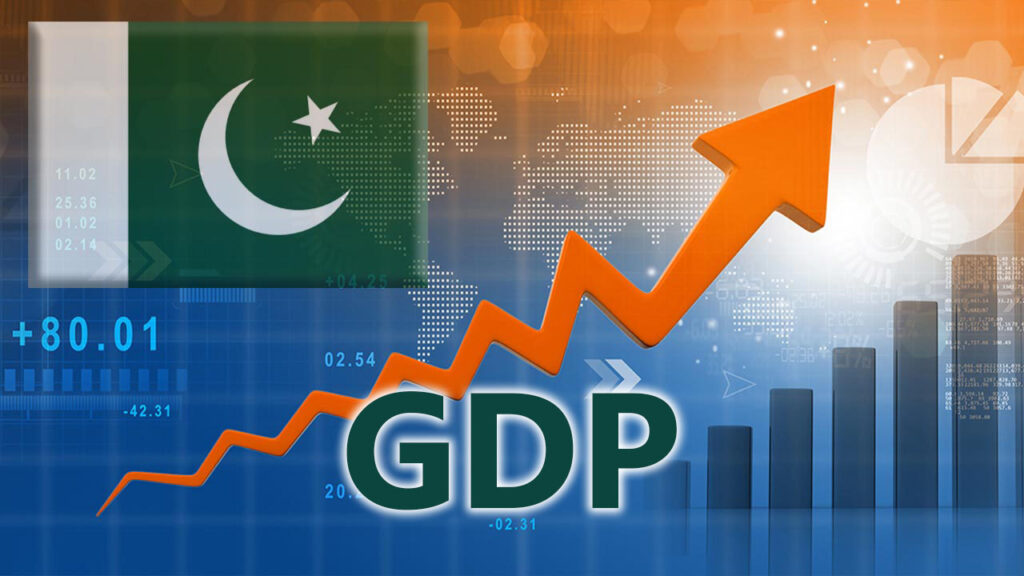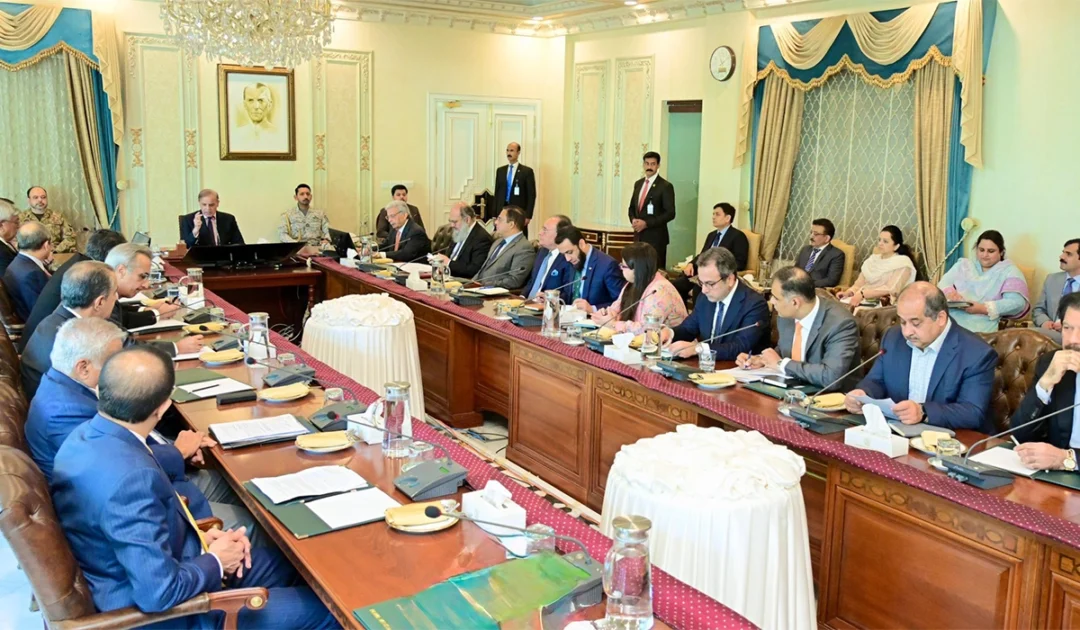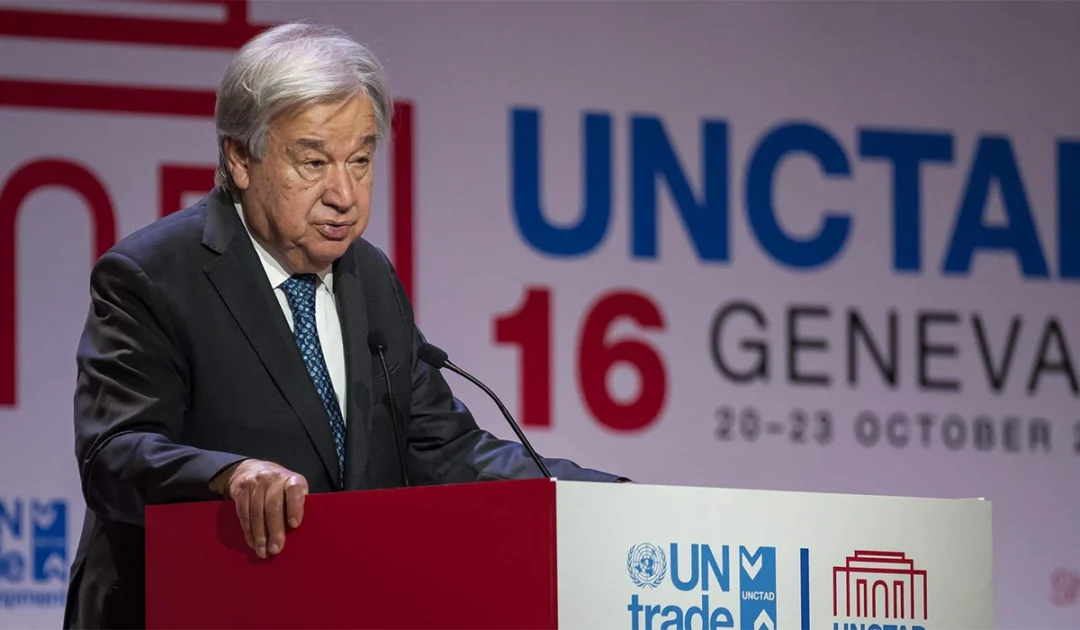UN predicts 3.4 per cent GDP growth for Pakistan in FY25
-

- Web Desk
- Jan 11, 2025

ISLAMABAD: Pakistan’s economy is showing signs of recovery after the challenging 2022-23 period, according to a new United Nations economic survey.
The report projects that the country’s GDP will grow by a modest 3.4 per cent in the fiscal year 2025, offering a glimmer of hope after recent hardships.
The World Economic Situation and Prospects 2025 report, released by the United Nations Department of Economic and Social Affairs (DESA) highlights the support Pakistan is receiving from the International Monetary Fund (IMF).
The IMF’s larger 37-month Extended Fund Facility (EFF), valued at $7 billion, builds on earlier progress made in 2023. This programme focuses on much-needed long-term structural reforms to stabilise the economy.
At the heart of the EFF’s mission is helping Pakistan tackle its structural challenges, restore economic stability, and set the stage for sustainable growth. According to the UN report, Pakistan’s key priorities include restoring policy credibility, boosting competitiveness, overhauling State-owned enterprises, and building resilience to climate change.
In the broader context, South Asia’s economic outlook remains promising. Regional GDP is expected to grow by 5.9 per cent in 2024 and continue to expand by 5.7 per cent in 2025 and 6.0 per cent in 2026, thanks to strong growth in India and recoveries in countries like Bhutan, Nepal, Pakistan, and Sri Lanka.
However, the report warns that there are risks that could derail this positive outlook, such as rising geopolitical tensions, slowing external demand, debt challenges, and social unrest. On top of that, South Asia remains highly vulnerable to climate change, and extreme weather events pose a serious threat.
Inflation across the region is expected to ease. The report forecasts a drop from an estimated 9.9 per cent in 2024 to 8.3 per cent in 2025, and 7.2 per cent in 2026.
Most countries in the region have seen inflation come down significantly, except for Bangladesh. For 2025, inflation is expected to continue declining, with rates ranging from 3.1 per cent in Sri Lanka to a high of 28.4 per cent in Iran.
The easing of inflationary pressures has given central banks in the region some breathing room. Many have paused or reduced monetary tightening. For instance, in 2024, Pakistan and Sri Lanka cut their key policy rates to support economic recovery.
That said, the region continues to face severe climate-related challenges. In 2024, countries like Bangladesh, India, Pakistan, and Sri Lanka endured heatwaves, droughts, and erratic rainfall, which led to reduced crop yields and rising food prices. These extreme weather events have disproportionately hit poorer rural households, deepening the gap in income inequality.
On the financial front, interest payments have surged since the pandemic, especially in countries like the Maldives, Pakistan, and Sri Lanka, where the debt burden was already high.




